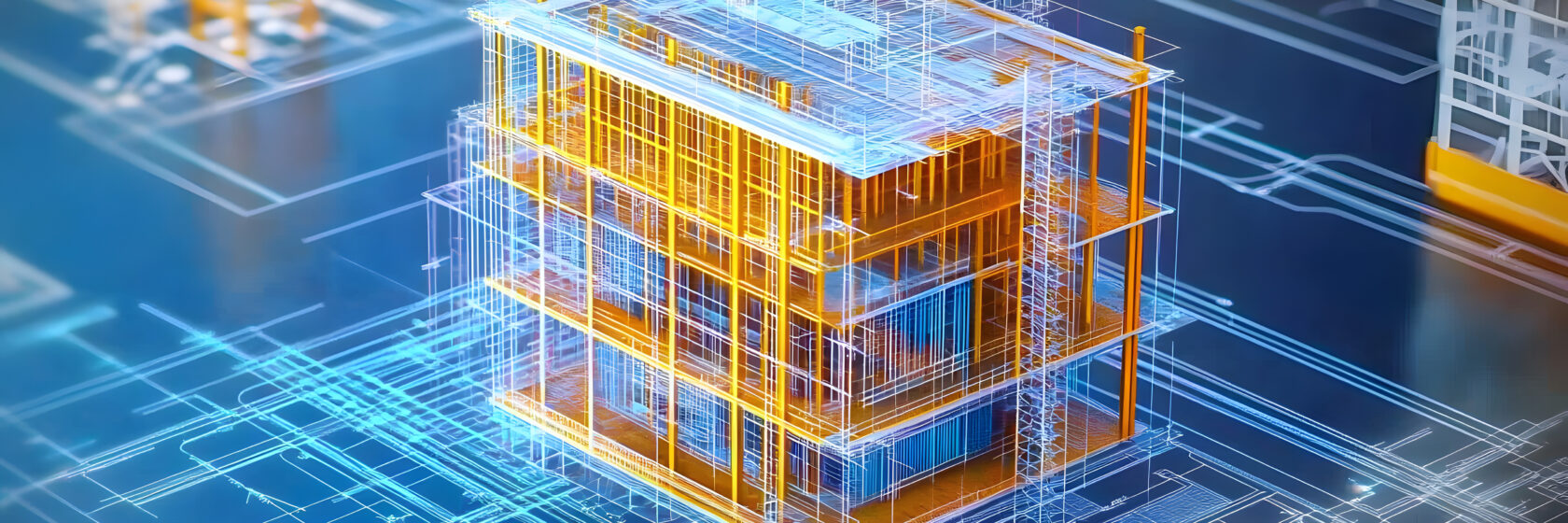
BIM services: smart collaboration in a digital environment
At Sweco, we are committed to digitalisation that creates real added value in every project. Building Information Modeling (BIM) is a prime example of this approach. This method uses a central 3D digital model to bring all project information together, enabling teams to work more efficiently, reduce errors, and design with sustainability in mind from the start.

Digital collaboration that drives smarter project delivery
BIM is more than a visual model – it’s a collaborative digital process. Designers, engineers, contractors and clients work together on a shared platform. By integrating data such as materials, structures, energy use and timelines into one model, everyone works from the same up-to-date information throughout the entire lifecycle of a project.
The result: fewer mistakes, less rework, and more control over planning and costs.
Cross-sector application
At Sweco Belgium, BIM is used across a wide range of sectors: from buildings and infrastructure to water, energy and industry. Its flexibility makes it ideal for both small and large-scale projects, ensuring consistent quality and smarter workflows regardless of project complexity.
Collaboration & quality
BIM strengthens collaboration between all stakeholders. With one shared model, architects, engineers and contractors always work from the same version. Issues can be identified early and solved proactively – helping avoid costly on-site mistakes. It also improves communication with clients and partners, as designs can be easily visualised without needing technical expertise.
Sustainability from day one
BIM enables sustainable design choices right from the start. By simulating aspects like material use and energy performance in the model, our teams can optimise environmental impact before construction begins. This leads to climate-smart designs that support long-term resilience.
Part of Sweco’s digital ecosystem
BIM is a cornerstone of our broader digital strategy. It works seamlessly with other tools like GIS platforms, cloud collaboration environments, and digital twins. Together, these technologies ensure all data flows smoothly throughout every phase of the project.






